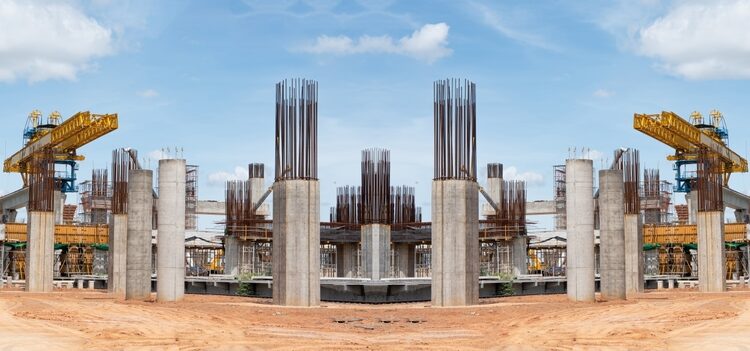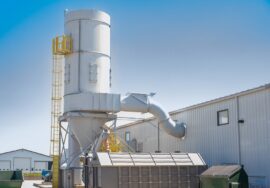
Sustainable Resource Use in Construction
Sustainable Resource Use in Construction
The construction industry is one of the largest consumers of natural resources — from water and energy to raw materials like sand, cement, and steel. However, with rising environmental concerns and depleting natural reserves, sustainable resource use in construction has become essential.
By managing materials and energy efficiently, reducing waste, and adopting circular economy practices, the industry can achieve both sustainability and profitability.
What Is Sustainable Resource Use in Construction?
Sustainable resource use in construction refers to using materials, water, and energy responsibly throughout a building’s life cycle — from design to demolition. It emphasizes minimizing environmental impact while maximizing performance and efficiency.
The goal is to meet today’s construction demands without compromising future generations’ ability to access vital resources.
This approach aligns with green construction practices and global sustainability goals such as the United Nations Sustainable Development Goal 12 (Responsible Consumption and Production).
Why Sustainable Resource Use Matters
Construction contributes significantly to global resource depletion, accounting for nearly 40% of raw material use and 30% of waste generation worldwide. In India, the demand for construction materials is growing rapidly, making sustainable resource use even more urgent.
Here’s why it matters:
-
Environmental Protection: Reduces carbon footprint and conserves natural resources.
-
Economic Efficiency: Minimizes material wastage and project costs.
-
Energy Conservation: Encourages renewable energy integration.
-
Waste Reduction: Promotes recycling and reuse of materials.
-
Regulatory Compliance: Aligns with national environmental policies and CPCB guidelines.
Prioritizing sustainable resource use in construction helps developers achieve a balance between growth and environmental stewardship.

Key Strategies for Sustainable Resource Use
1. Material Efficiency
Using eco-friendly construction materials such as fly ash concrete, bamboo, and recycled steel reduces environmental impact. Design optimization also minimizes excess material use, ensuring sustainable resource use throughout the project.
2. Water Conservation
Installing rainwater harvesting systems, reusing greywater, and employing water-efficient curing methods can drastically reduce water waste on construction sites.
3. Energy Efficiency
Adopting clean construction technology, solar energy, and energy-efficient lighting systems lowers power consumption and supports sustainable resource use.
4. Waste Management
Implementing on-site waste segregation and recycling programs turns construction debris into valuable resources, reducing landfill dependency.
5. Lifecycle Assessment (LCA)
Conducting LCA helps evaluate the environmental impact of materials and processes, guiding better resource selection for sustainable construction methods.
6. Smart Construction Technology
Using Building Information Modelling (BIM) and IoT-enabled monitoring systems ensures precise planning, resource tracking, and reduced waste.
Government Regulations and Standards in India
India has introduced several policies promoting sustainable resource use in construction, including:
-
National Resource Efficiency Policy (NREP), 2019 by the Ministry of Environment, Forest and Climate Change (MoEFCC), which promotes efficient use of natural materials.
-
Construction and Demolition Waste Management Rules, 2016, mandating recycling and reusing debris.
-
Bureau of Energy Efficiency (BEE) standards for energy-efficient buildings.
-
Green Rating Systems such as GRIHA and LEED India that reward sustainable material and energy use.
These frameworks ensure that sustainable resource use becomes an integral part of every construction project in India.
Benefits of Sustainable Resource Use in Construction
Implementing sustainable resource use in construction offers long-term benefits:
-
Cost Savings: Reduces material and operational costs.
-
Improved Efficiency: Enhances productivity and project management.
-
Reduced Environmental Impact: Lowers waste and emissions.
-
Sustainable Brand Image: Attracts eco-conscious clients and investors.
-
Regulatory Compliance: Aligns with India’s environmental and building codes.
By embracing sustainable resource use, construction companies can achieve both profitability and environmental excellence.
Challenges in Implementing Sustainable Resource Use
While the benefits are clear, challenges remain — such as high initial costs, lack of awareness, and limited availability of green materials. However, adopting prefabricated construction, recycled materials, and digital resource monitoring can overcome these barriers effectively.
Continuous training and partnerships with sustainability consultants also improve the implementation of sustainable resource use strategies on site.
Partner with AMS India for Sustainable Construction
At AMS India, we specialize in sustainable resource use in construction through efficient material management, eco-friendly design, and renewable energy integration.
Our expert team helps developers minimize waste, lower emissions, and meet environmental compliance standards for a greener, more sustainable future.
Conclusion
Adopting sustainable resource use in construction is essential for reducing environmental degradation, conserving natural assets, and ensuring long-term growth.
By integrating innovative technologies, renewable energy, and recycling processes, the construction sector can transform into a leader in sustainability — building not just for today, but for generations to come.
Read more related articles to enhance your knowledge and make informed decisions
Cost-Effective Modular Construction: Fast, and Sustainable Building Solutions
Smart Modular Buildings: Innovative, Efficient, and Sustainable Construction








